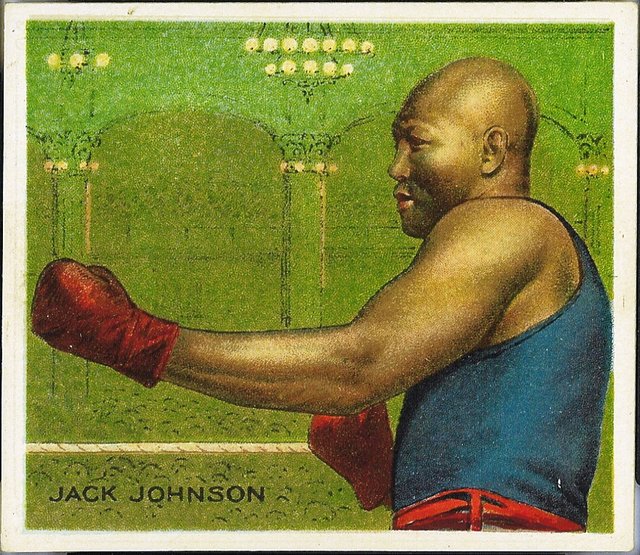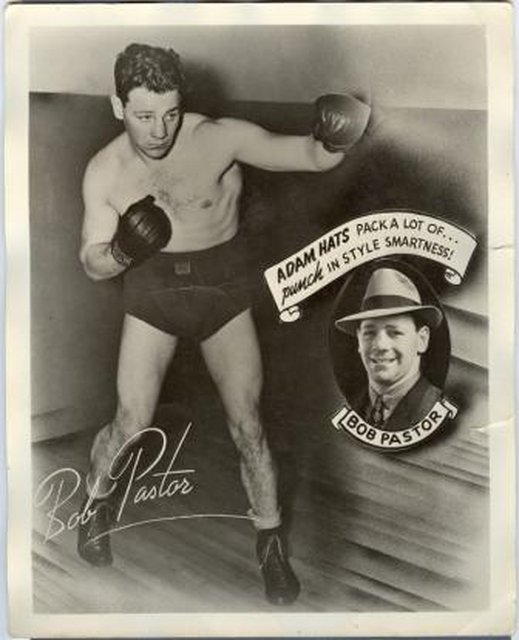I don't pay attention to 'rookie' at all. I collect:
--certain fighters: Benny Leonard, Joe Louis, Jim Jeffries, Ray Miller
--various sets: well, about 40 or so of them.
--an IBHOF set but my 'rule' there is that the item has to be career-issued. So, I definitely have 1991 Kayo and AW and Ringlords in my collection but only for guys who were active while those sets were issued, like Lennox Lewis. Lots of Brown's too--assuming certain guys in those sets are eventually elected, which I think will be the case. To make it more fun for the cheap as dirt modern issues I also try to collect the cards signed whenever I can. Obviously, I will never finish an IBHOF set because I won't collect tribute cards or post-career cards, though I am sure I have some. A Les Darcy comes to mind most readily.
--type cards: I sort of do this too, especially where obscure sets are concerned. I just love having those 'never seen that before' issues.
I also don't really place as much stock in which card is first if there are several from the same year. I try for the one that looks the nicest. This is my favorite Jack Johnson card from the T and E card era, so all things being equal I'd rather own it than any other card from that year:

Now, as far as what constitutes a card, everyone has their own perspective. I include as much as possible in there as long as it is paper or cardboard and designed to be a stand-alone item [even if cut out from something else], I'm good with it. Once you start making too fine of distinctions you run into difficulty. Like I know some guys who collect only ACC-designated cards. But H815 is ACC-designated and it is a series of real photo pieces about 8 x 10 in size that were meant as displays in Adam Hats stores:

I sure as heck treat them as cards, as I do many other premiums. BTW, my next book will devote extensive space to coverage of premiums.
On exhibits, which are my collecting passion, it is very difficult to pin down specific cards to specific years. You have to know the issue very well and catalog minute printing variations. Advertising pieces can be very useful as well, but they can also demonstrate that more than one style of card was issued together:

That said, I don't even try to break down the post-1929 issues into specific sets; the exercise just bogs down. I actually prefer collecting the whole shebang as a single group understanding that certain fighters in certain formats may be very, very difficult to locate.
It is also very, very tough to pin down foreign issues. There are language barriers, lack of data and so on. This Swedish issue is the earliest Jersey Joe Walcott card I've seen, but I am dating the card based on the other fighters in the group who were active in Sweden in 1946-49.

Does that mean it is a 1940s issue of Walcott and Robinson? Not definitely, but likely given the activity of the lesser fighters.
Then there is the issue of RPPCs. What do you do with a "rookie" designation on a card when the guy has had several or even many cards issued before that time? It has always seemed rather stupid to me to call a card a rookie when there are a bunch of earlier cards out there.